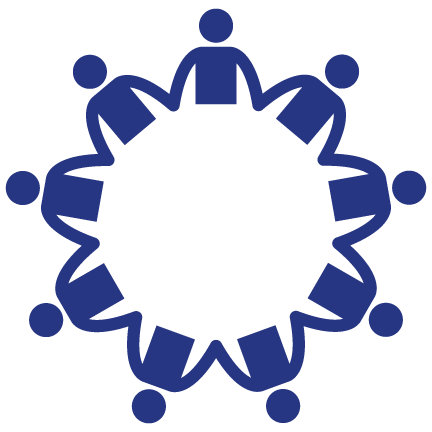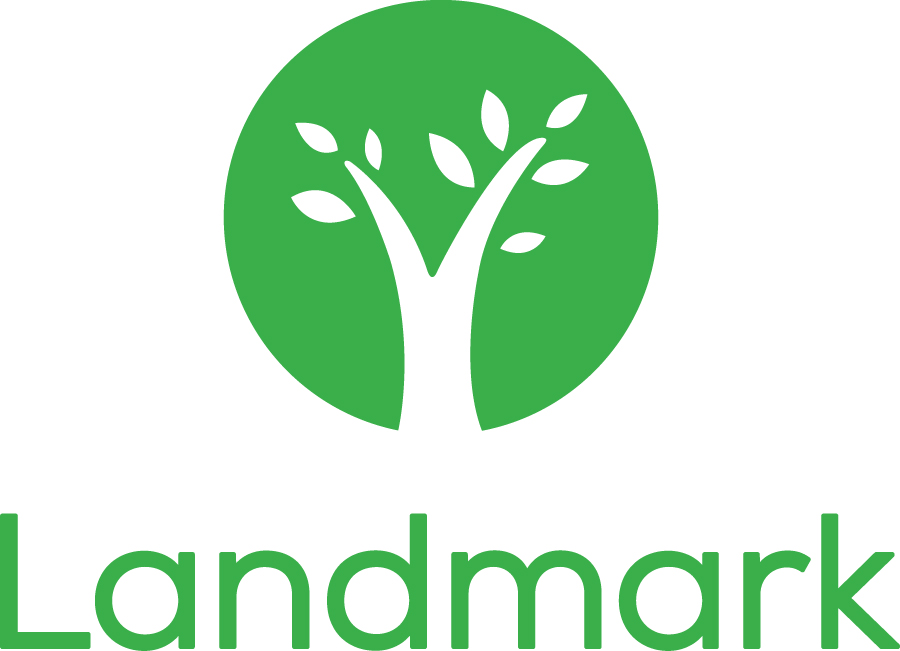
Blog post
Prioritizing Mental Health as a Universal Human Right
By: Neltada Charlemagne, DNP, APRN, PMHNP-BC, PHN, BHC
Older Americans aren't getting the care they need. Here's why that matters.
This article first appeared on Next Avenue.
(Editor’s note: This story is part of a series for The John A. Hartford Foundation.)

It’s no secret: As we get older, it’s likely that we spend more time with doctors. And as people are living longer and the number of aging people in America is growing, medical professionals and systems are going to experience increased pressure and demand. But are they properly set up and ready to accommodate the needs of aging Americans?
On a good day, the answer is: sometimes.
Over the next year, Next Avenue will be taking a deep look at health care in America. We want to better understand where the health care system is falling short in serving the needs of all people, but especially the unique, and often more complex, needs of older Americans. We’ll be identifying when and how health care is “age friendly” and when and how it’s not. We’ll take into account the diverse backgrounds and identities of older Americans and how that informs their needs and experiences with health care.
We’re defining “age-friendly health care” as care that centers the patient and his or her wishes in all health settings, from clinics to hospitals and emergency rooms, nursing homes and assisted living facilities, home care and more. Age-friendly care meets patients where they’re at, not the other way around.
Age-friendly is not exclusive to older adults. The distinct health needs of infants are as demanding of attention as those of teenagers and people in their 30s, which is why this idea of age-friendly health care is so ubiquitous and should be on everyone’s radar.
“When we think about aging, we think about longevity and care across the lifespan,” says Alice Bonner, senior adviser for aging at the Institute of Healthcare Improvement (IHI), a nonprofit working to improve health care globally. “Age friendly is about older adults, but it’s also really about families and communities. Age friendly means a health system that is supportive and leads to good health outcomes for people at any age — not just older adults.”
Bonner is working with IHI on its Age-Friendly Health Systems initiative, which outlines that every older adult gets the best care possible, experiences no health care-related harms and is satisfied with the health care he or she receives. Partnering with The John A. Hartford Foundation (a Next Avenue funder), the American Hospital Association and the Catholic Health Association of the United States, the program’s goal is to grow age-friendly care to 20 percent of U.S. hospitals and medical practices by 2020.
Right now, however, older adults are too often receiving care that’s just not good enough.
“If health care professionals don’t understand the fundamental principles of how to care for older people, harm happens,” Bonner said.
Bonner gave the example of a physician not being educated on the basic principles of prescribing medications for older adults and adding too many medications or one that isn’t well tolerated.
“By sharing some of the very basic geriatric prescribing principles, we can prevent those kinds of things from happening,” she noted.
Age-friendly goes beyond health care, too. Age-friendly housing, food access, transportation and social environment are all needed to improve the health of the overall population.
Follow our special report all year for in-depth reporting on age-friendly health care.


By: Neltada Charlemagne, DNP, APRN, PMHNP-BC, PHN, BHC

Older adults can safeguard themselves from the physical, mental and emotional toll of unexpected medical costs.

Optum Care Network – Monarch has teamed up with Landmark to deliver in-home medical care to members with multiple chronic conditions.